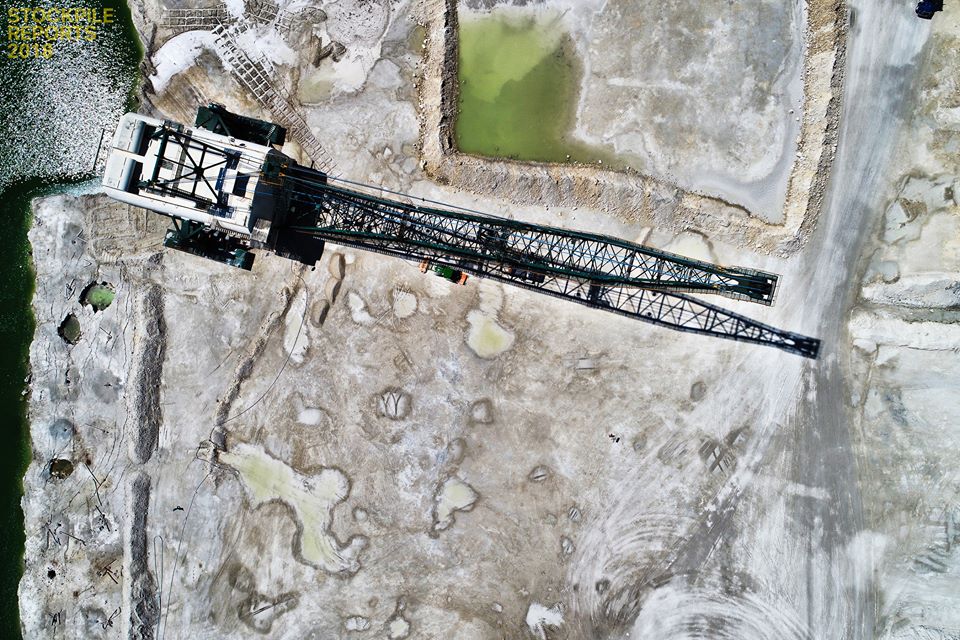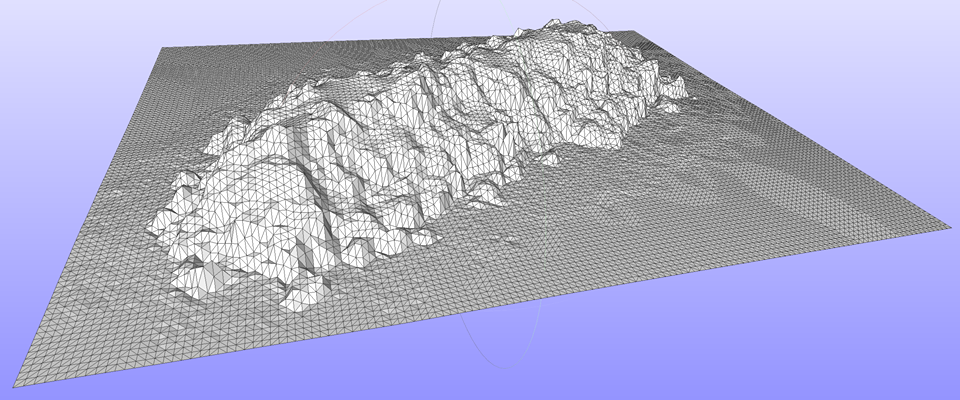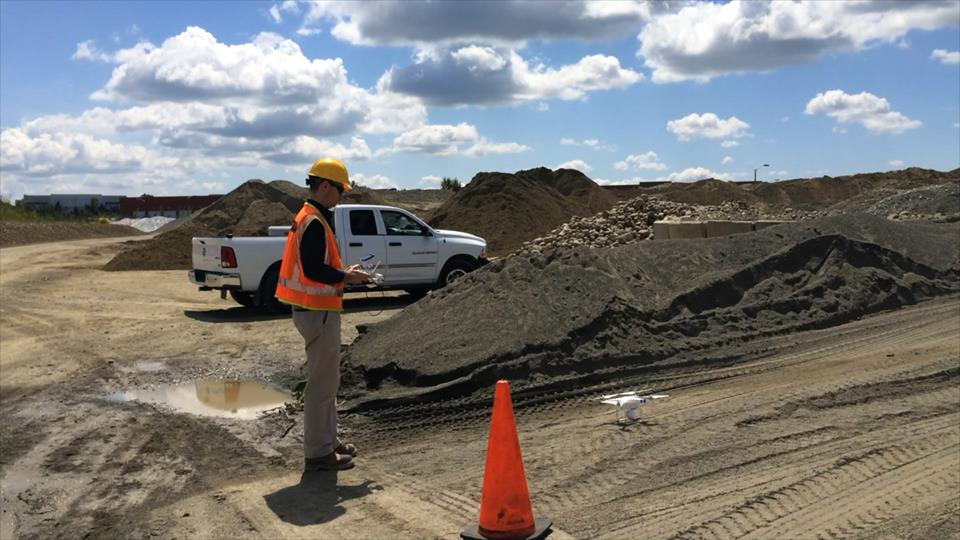Questions about whether or not an organization can or should set up a drone program are almost as pervasive as arguments about photogrammetry vs LIDAR in this space, but the details associated with creating a drone program signify a much different value proposition. The potential to make a given task faster, cheaper or safer is often obvious, but what kind of expense does setting up that kind of program represent? Will the technology solve a specific problem or challenge? Can the program then scale across the organization? Some people are focusing on the solution before correctly assessing the problem.
Attempts to answer these questions are being spearheaded by numerous stakeholders working across a variety of industries, but the question about building a drone program is one that often needs to be pulled back from. Figuring out what business problem you’re trying to solve is the first step, and the answer to that question might lead someone to drones and the creation of an entire drone program. Then again, it might lead to the creation of a hybrid program, or an approach that utilizes service providers. What’s the best way to make that determination though? How should an organization approach a decision when it comes to "you fly" vs. "we fly" scenarios? Drones: Flying Cameras that Became Agents of ChangeFew would deny the incredible value and potential that drones have to change entire workflows for the better on small and large scales. Years of headlines have associated billions of dollars to a technology despite limitations around whether they are technically feasible or allowed under current regulation in many scenarios.“Drones have an incredible ability to get people thinking about new possibilities, and they get everyone excited about what they could be doing, and what they should be doing,” said David Boardman, CEO of Stockpile Reports. “That's great. They should be thinking about new ways to run their business, but it has to come back to actual results and tangible deliveries. You have to get past the potential and focus on the reality of how you operationalize what you want to set up. Everyone should absolutely get excited about how drones can change the way they do business, and if that drives a decision to create a drone program, great. You just need to be ready to go through that process and come up with a solution that might not involve drones in the way you originally envisioned.”“The real question is whether a drone is the one-and-only tool you need to acquire the visuals you need for answers in the first place. After all, I can put a camera in someone’s hands, on someone's hardhat, or a mounted camera above a pile. The form is less important than the output,” adds Boardman.Conversations about drone programs often need to be pulled back to something more basic. Does a drone program make sense if the technology will only be able to solve part of a project? If the ultimate desire is to gather pictures that demonstrate progress for the entire project, can those pictures be gathered with phones, mountable cameras or other wearables? If you're just trying to solve a problem, there are numerous ways to get data that will specifically speak to that problem. Drones have been an important agent of change, but now invite an expanded view to complete the picture.
Drones: Flying Cameras that Became Agents of ChangeFew would deny the incredible value and potential that drones have to change entire workflows for the better on small and large scales. Years of headlines have associated billions of dollars to a technology despite limitations around whether they are technically feasible or allowed under current regulation in many scenarios.“Drones have an incredible ability to get people thinking about new possibilities, and they get everyone excited about what they could be doing, and what they should be doing,” said David Boardman, CEO of Stockpile Reports. “That's great. They should be thinking about new ways to run their business, but it has to come back to actual results and tangible deliveries. You have to get past the potential and focus on the reality of how you operationalize what you want to set up. Everyone should absolutely get excited about how drones can change the way they do business, and if that drives a decision to create a drone program, great. You just need to be ready to go through that process and come up with a solution that might not involve drones in the way you originally envisioned.”“The real question is whether a drone is the one-and-only tool you need to acquire the visuals you need for answers in the first place. After all, I can put a camera in someone’s hands, on someone's hardhat, or a mounted camera above a pile. The form is less important than the output,” adds Boardman.Conversations about drone programs often need to be pulled back to something more basic. Does a drone program make sense if the technology will only be able to solve part of a project? If the ultimate desire is to gather pictures that demonstrate progress for the entire project, can those pictures be gathered with phones, mountable cameras or other wearables? If you're just trying to solve a problem, there are numerous ways to get data that will specifically speak to that problem. Drones have been an important agent of change, but now invite an expanded view to complete the picture. Questions of ScaleThe first assignment in a drone program deployment is to assign resources in the company to maintain it. Typically, a company will assign people who will become qualified to measure and manage the routine collections and data uploads. A few questions companies typically consider include:
Questions of ScaleThe first assignment in a drone program deployment is to assign resources in the company to maintain it. Typically, a company will assign people who will become qualified to measure and manage the routine collections and data uploads. A few questions companies typically consider include:- Who can I pull away from day-to-day operations to get Part 107 Training?
- What insurance will I need?
- How many sites will we grow into and will our pilot have the time will they need to fly and measure?
- Which site can they and can’t they fly due to restricted air or remote sites?
- How will we manage the dependency on this pilot if they are out?
- How will I retain this trained and qualified talent?
 Can a Drone Solve Your Business Problem?“My advice to anyone considering what it will mean to create or set up a drone program is to experiment with the technology,” Boardman told Commercial UAV News. “Buy the drone, form a group, but don't expect them to do everything. They're not going to be that silver bullet to every problem. It's one more piece you use to pull together to solve problems.”Going through this process without being focused on a specific solution allows some people to figure out if they need to formally establish a program. Others realize it’s going to be more cost effective to leverage service providers. As onboard capabilities become inherent and more automated, the skill set and specialized techniques of on-staff talent are less critical. Automation developments such as pile auto-detection, automated data capture and processing, auto-removal of obstructions, user alerts and measurement confidence levels bring more opportunity for acceptable full-service pilots to simply capture and digitize.No matter the decision, going through this process will allow stakeholders to not only come up with answers about how drones can help them, but potentially come up with even better questions that speak to their core business challenges.The question of “should I create a drone program?” is absolutely one stakeholders should be asking, but it’s one that should come after an assessment around the requirements of a project or task. Drones might be involved in the answer to how a business problem is solved, but their role around those business problems need to be carefully considered.
Can a Drone Solve Your Business Problem?“My advice to anyone considering what it will mean to create or set up a drone program is to experiment with the technology,” Boardman told Commercial UAV News. “Buy the drone, form a group, but don't expect them to do everything. They're not going to be that silver bullet to every problem. It's one more piece you use to pull together to solve problems.”Going through this process without being focused on a specific solution allows some people to figure out if they need to formally establish a program. Others realize it’s going to be more cost effective to leverage service providers. As onboard capabilities become inherent and more automated, the skill set and specialized techniques of on-staff talent are less critical. Automation developments such as pile auto-detection, automated data capture and processing, auto-removal of obstructions, user alerts and measurement confidence levels bring more opportunity for acceptable full-service pilots to simply capture and digitize.No matter the decision, going through this process will allow stakeholders to not only come up with answers about how drones can help them, but potentially come up with even better questions that speak to their core business challenges.The question of “should I create a drone program?” is absolutely one stakeholders should be asking, but it’s one that should come after an assessment around the requirements of a project or task. Drones might be involved in the answer to how a business problem is solved, but their role around those business problems need to be carefully considered. 















Comments